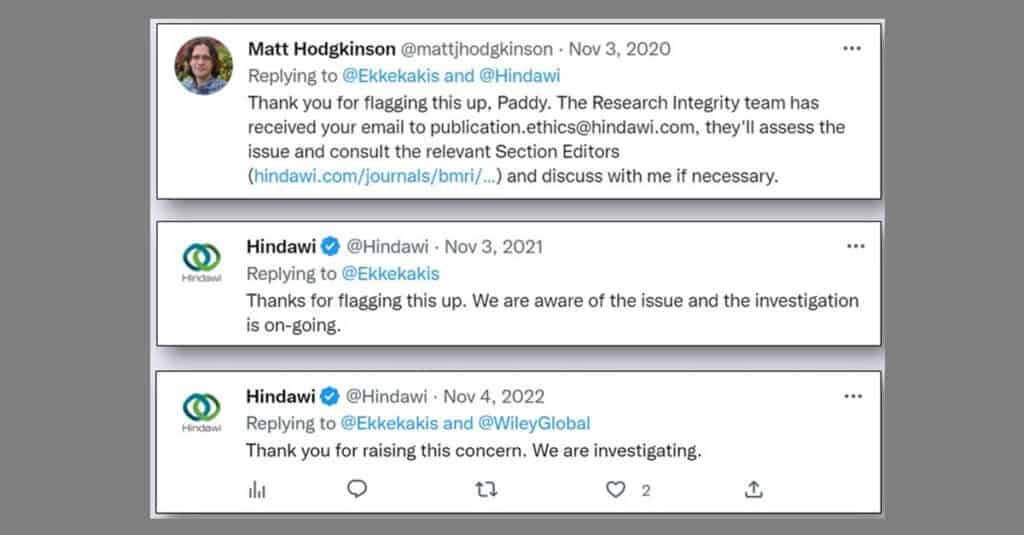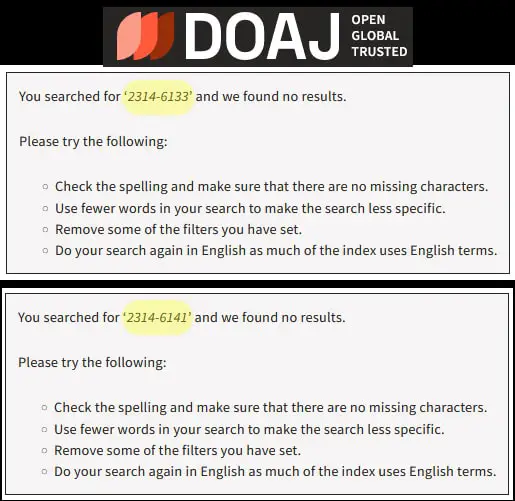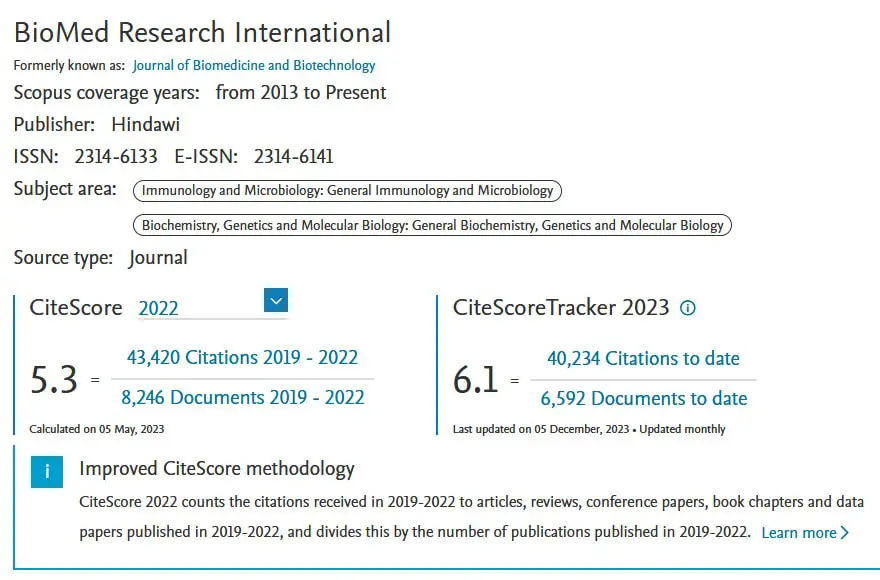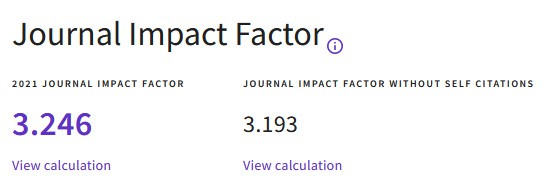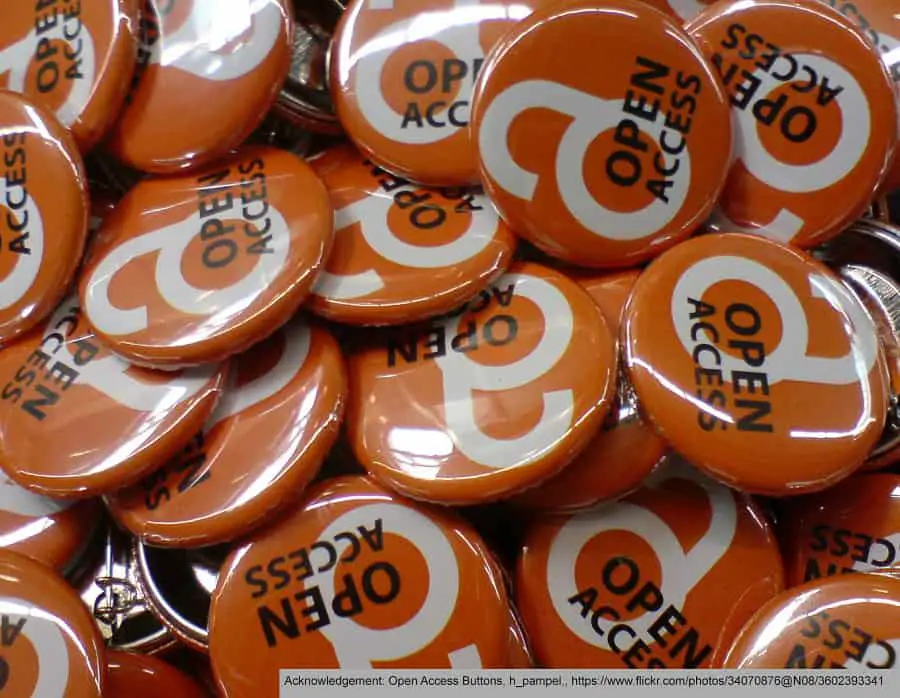Background
“Publishers justify their margins by saying that they provide quality control and act as gatekeepers for science. They should act accordingly. Their role does not end at peer review + upload onto a website. This ought to be retracted. Three years ago.“
This quote is from a tweet from Paolo Crosetto, which refers back to a previous tweet which talked about an issue that has been raised for the past three years, and which has yet to be addressed.
The previous tweet said: “In November 2020, my students and I discovered a completely fake meta-analysis, now cited more than 100 times. I notified Hindawi but, as shown below, they have no intention to act. Each year, on the anniversary of the discovery, I re-post this thread…“
Our Comments
In this article, we make some observations. We are not looking at the paper itself, and coming to a view whether the paper should be retracted or not. We are not discipline experts so it is not right that we offer this view. Rather, we give some observations after spending some time looking at the facts surrounding the paper.
- In November 2021 nine people sent a letter to Hindawi, raising a ‘publications ethics’ concern about a paper published in BioMed Research International. You can see the letter that was sent here (we also provide a copy here, in case you cannot access Twitter(X)).
- You can see the article here. We have archived the page here.
The full citation is:
Zhenzhen Qiu, Kai Zheng, Haoxiang Zhang, Ji Feng, Lizhi Wang, Hao Zhou, “Physical Exercise and Patients with Chronic Renal Failure: A Meta-Analysis”, BioMed Research International, vol. 2017, Article ID 7191826, 8 pages, 2017. https://doi.org/10.1155/2017/7191826 - According to the home page of the article, the article has been viewed 10,670 times and downloaded 3,505 times (as at 20 Dec 2023).
- The journal is a member of COPE (Committee on Publication Ethics). We wonder whether they can offer the journal, and its editors, any advice/guidance as to how they should progress this matter, and under what timescale they should operate?
- Searching by ISSN (2314-6133 and 2314-6141), the journal is a not a member of DOAJ (Directory of Open Access Journals) (see Figure 2).
In our tweet, that this article is based on, we did find the journal indexed by DOAJ, but there was some ambiguity.
In response to our tweet, DOAJ said:
“DOAJ removed BioMed Research International on 23rd March 2023. The journal you highlight is an older, discontinued version and not the same publication. It should have also been removed at the same time. This was an oversight on our part and has now been done.“
We thank DOAJ for their quick action and for responding to our tweet.
- The journal is indexed by Scopus. It has a 2022 CiteScore of 5.3 It is listed in two categories – Q1 in one and Q2 in the other. See Figure 3.
- The journal is indexed by Clarivate. It has a 2021 impact factor of 3.246. It appears in four categories, all Q3. See Figure 4.
- On Google Scholar, this article has been cited 109 times (as at 20 Dec 2023). See Figure 5.
- On Scopus, the article has 51 citations (as at 20 Dec 2023).
- On Clarivate (Web of Science), the article has been cited 29 times (as at 20 Dec 2023).
- If this article (although this is a more general question) is retracted, what should happen to all the papers that cited it? Should they all be reviewed again?
- There is a letter to the editor about this paper, which is available via the Hindawi page which hosts the journal. The letter has some comments with respect to the procedures and results of the study. We have archived the page.
- A PubPeer comment has been made.
- The current APC for this journal is US$2,550 (page archived here).
- In 2016 (which is when the paper would have been submitted) the APC was US$2,000.
We wonder what happens to the APC if the article is retracted. Presumably, the journal has done the work that it was ‘paid’ to do, so they would just keep it?
- Hindawi states their mission as:
“By placing the research community at the heart of everything we do, we strive for a future where researchers are motivated to work together, empowered with the tools and services they need to do so, and freed from any barriers that stand in their way. We aim to maximize the impact of scientific research through openness and global collaboration as we truly believe that science works best when research is open.“
Are they living up to this mission statement (especially about openness and collaboration) in the case we are looking at here?
We have archived the page with Hindawi’s mission statement on.
- On the information for authors page for the journal it says:
“High editorial standards, ensuring all published manuscripts undergo an in-depth peer review process.“
Does that peer review stop once the paper is published or, if a concern is raised should it not be investigated in a timely manner?
The information for authors page has been archived.
- On its publications ethics page it says:
“Hindawi is a member of the Committee on Publication Ethics (COPE). Read the COPE Ethical Guidelines for Peer Reviewers for information on best practice in peer review.
Reviewers should raise any concerns about publication ethics to the Research Integrity team.“
We have archived this page.
- We believe that the issue discussed in this paper has been raised with the Research Integrity team but it appears that little (if any) action has been taken.
Finally
Surely, the publisher should have completed their investigation within three years and either retracted the paper or told the person who reported the case why that no action will be taken?
